9 Best pricing strategies to leverage your business’ marketing
The pricing of each product is incredibly complicated and intense, provided that a series of estimates, research work, risk assessment, and business and consumer understanding has contributed to it. Business management evaluates all aspects when selling a product. All of them cover the product segment, the customer’s willingness to pay for the goods, the industry conditions, the competitor’s operation, the expense of sales and raw materials, or the profit and margins.
It can be difficult to price your goods and services. Setting the prices either too high or too low would pose potential risks on either sales or revenue. You can learn better how to set the best price and sales targets for your audience and there are hundreds of pricing models and tactics.
If you are an enterprise beginner or a price professional, these techniques, and methods will make your pricing secure.
What is a pricing strategy?
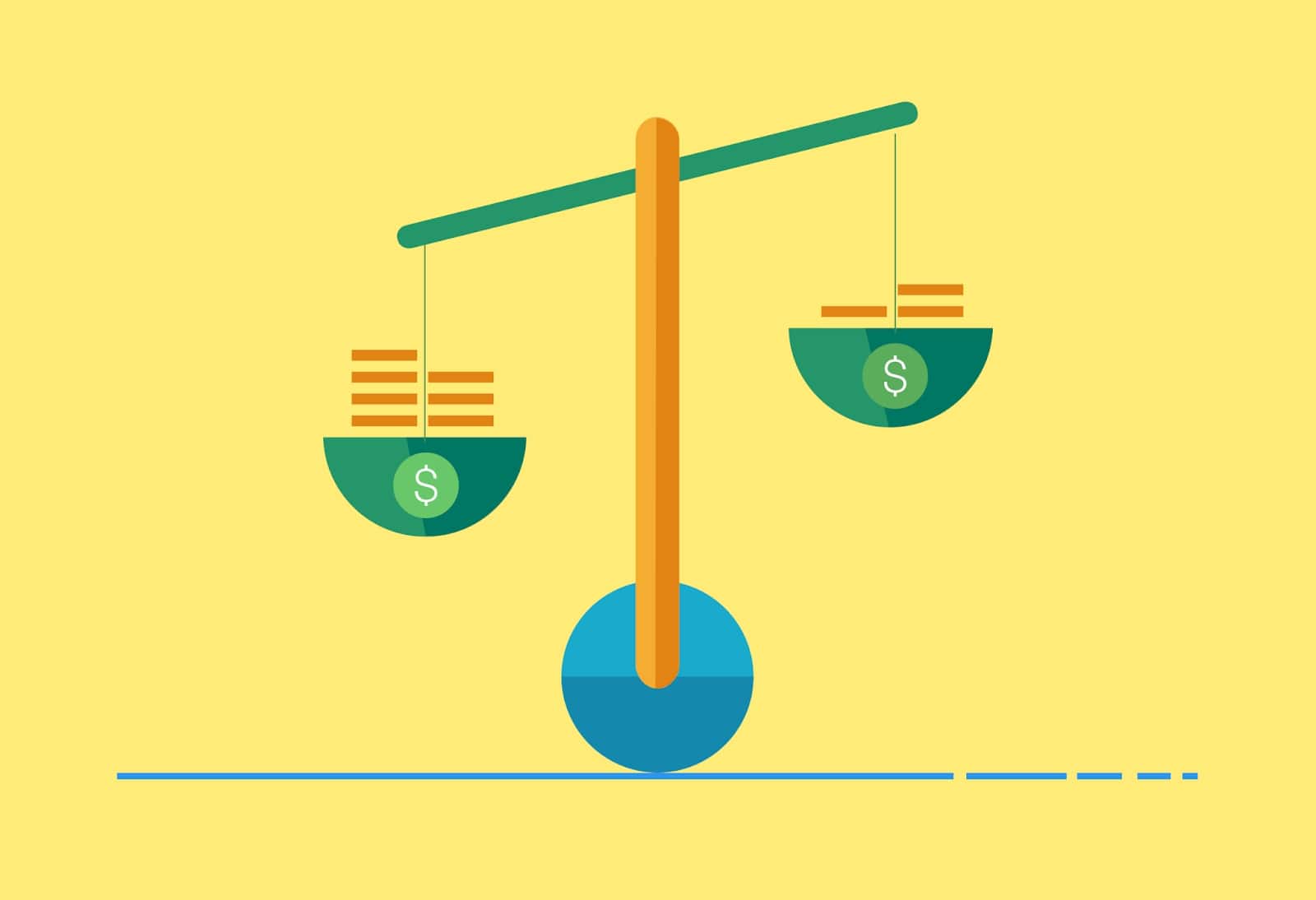
The term “pricing strategy” covers all company owners’ strategies to decide how much a product or service should be charged. Usually, you should do some math, do market analysis, or gather insights first to bring a brilliant strategy into practice.
Not all pricing methods, of course, are systematic. Few company owners tend to make it simple by using fixed markups (sometimes referred to as cost-plus pricing) (MSRPs). You also have a price plan in place because you follow some consistent methods to set the rates. Pricing strategies consider all of the industry factors, such as sales targets, marketing objectives, customer audiences, brand positioning, and product attributes. External influences like customer interest, price tags, and industry and economic patterns also affect them. The right price plan maximizes the income and benefits.
Benefits of a pricing strategy
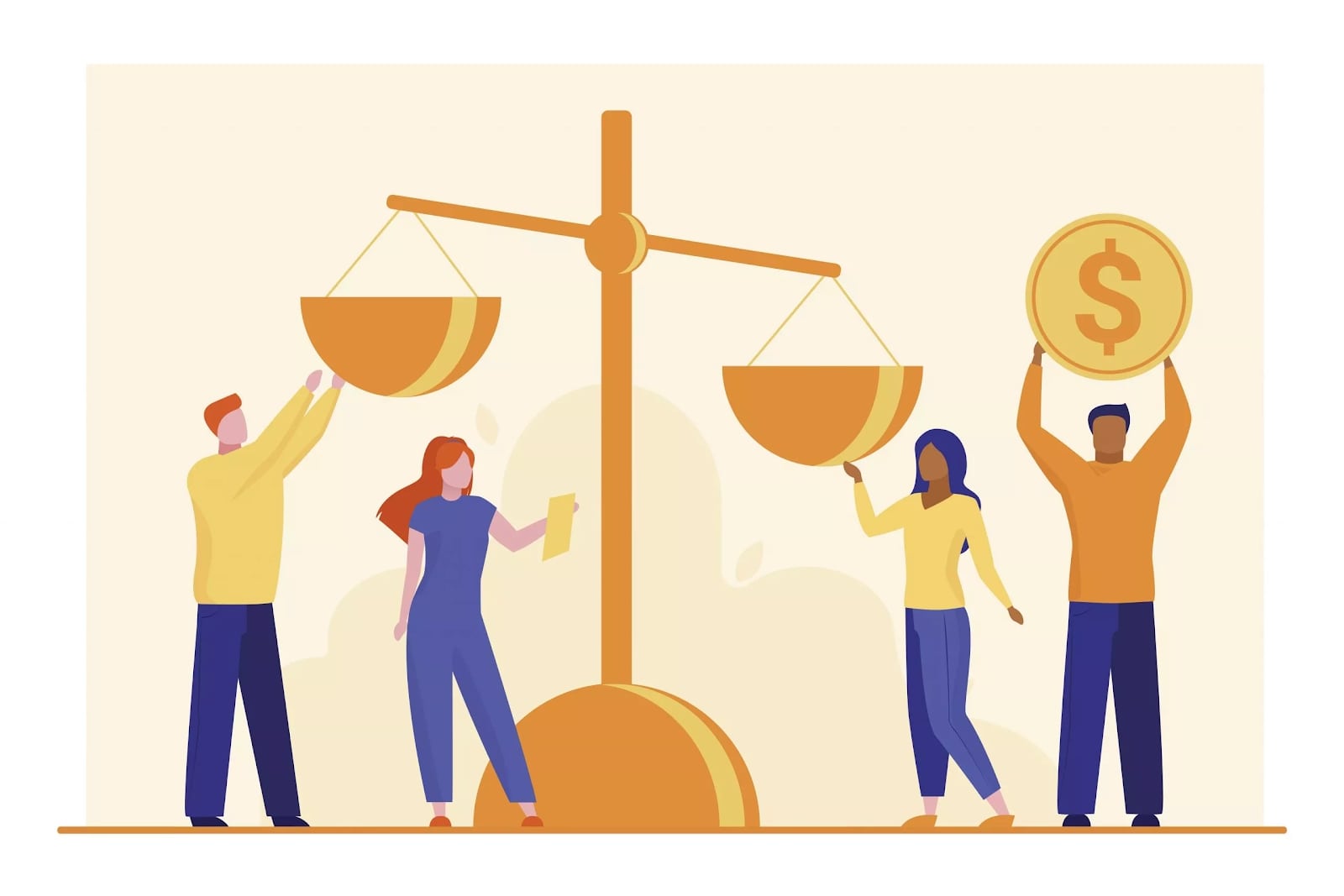
The second most valuable advantage of online buying is the opportunity for customers to compare various prices. If the price comparison continues to expand, it is becoming much easier for customers to find the best bargain.
With a good pricing strategy in place, you can best serve consumer demands by putting the higher or smaller costs behind you. Your plan will establish a reproducible process and will allow you to think about how you, and even your rivals, will respond to pricing decisions. You can also convert the most price-sensitive customers by enhancing the strategies.
In addition to a great marketing plan, your price strategy will also lead to a long-term enhancement of your products or services’ value.
Pricing analysis
Pricing analysis is the method of determining the existing market demand price strategy. The purpose of a market study is to find means of changing prices and improving them.
Usually, when you analyze new product concepts, build your positioning plan, or run campaign experiments, you carry out a price analysis. It is also prudent to do a price analysis once or twice annually to compare the prices against rivals and customer expectations to prevent bad product-indicated results.
To develop a new and improved price strategy, you need to evaluate the current pricing model. This is essential whether your existing product is created, upgraded, or simply repositioned.
Best pricing strategy practices and real-case examples
Price skimming
Companies use a skimming pricing strategy when they charge the maximum possible price for a new item and then gradually lower the price as the product becomes less prevalent. This is an excellent way to attract customers who consider themselves to be trendsetters, particularly people with high income.
From the viewpoint of a company owner, price skimming can be highly beneficial in making you break-even faster. This approach offers enough safety long as your initial price isn’t too high before expanding your product or service to a larger market. As long as you maintain your brand image management throughout the initial launch phase, the larger market will be looking for cheaper prices.
Business-to-consumer (B2C) brands that rely on updated trends can find price skimming especially useful. Consider how fashion stores almost always release new product lines at a higher price point and discount them as soon as new, trendier apparel arrives. Price skimming is also popular in the electronics industry, beginning with premium pricing when new phones or notebooks are launched.
Example: Sony
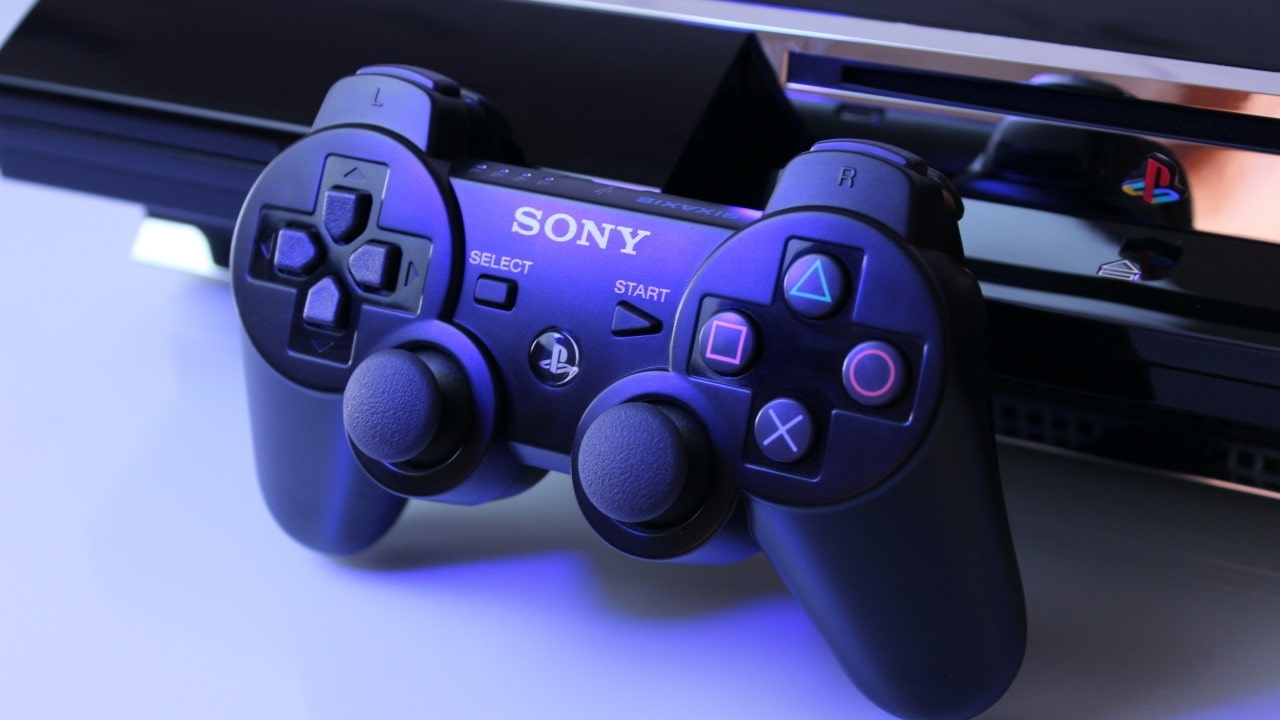
Though Sony is famous for its smartphones and TVs, in action we can watch price-skimming in their console layout. For instance, Sony’s PlayStation 3 console was initially released at $599 because it effectively had no competition and was thought to be sold as its previous PlayStation 2 Console had been hit enormously. However, although PS2 was priced conservatively, the company realized that there were many potential PS3 buyers, thus setting a higher initial price. The price of the PS3 was then dropped annually and gradually decreased to $299 over the year.
Penetration pricing
As opposed to skimming pricing, a penetration pricing strategy is when a company enters the market with a very low price, essentially diverting focus and sales away from higher-priced rivals. On the other hand, isn’t penetration pricing long-term stable and is usually only used for a limited time.
Penetration pricing is intended to draw attention to your brand. As a result, your prices will still begin lower than those of your rivals. Depending on how good your customer feedback is, you can raise your price to an equal or even higher level after you’ve finally implemented market penetration.
Example: Disney+

One of the most daunting markets for new businesses to break into is streaming entertainment. Netflix, for example, has already had a good brand image and a loyal user base. As a result, when Disney+ wanted to launch its own streaming network at the end of 2019, it chose penetration pricing. Disney’s original price of $6.99 is far less than what its consumers are willing to pay.

Monthly willingness to pay for Netflix and Disney+.
Disney+ set a low price to appeal to new customers to sign up for the service while continuing to use Netflix. It may have raised its ARPA by pricing itself similarly to Netflix at launch, but it would not have been able to grow its customer base as quickly.
Cost-plus pricing
The cost-plus pricing strategy only focuses on the costs of manufacturing your product or service. It is often called markup pricing since companies who use their products’ markup method are dependent on how much they would like to benefit from it.
Add a fixed percentage to the costs of production to implement the cost-plus form. Let’s assume you are selling sports apparel, for instance. The apparel costs $20, and every single sale will profit you $15. You would have set a price of $40, a 100% markup. Typically, cost-plus pricing is applied by retailers selling physical products. This strategy is not effective for digital or price plan-based services.
Example: Manufacturing companies

Manufacturing firms prosper with cost-plus pricing. Owing to the reasonably stable fixed cost of the goods they produce (for example, labor, equipment maintenance, goods, and services), the profit margin percentage can easily be attributed to mark-up rates that maintain business.
The businesses market manufacturing goods in bulk to current clients with a contract for most of these commercial arrangements. This makes building a stable revenue stream much simpler over time without increasing or decreasing prices.
Dynamic pricing
Dynamic pricing is often referred to as demand pricing, time-based pricing, or group-based pricing. It is a flexible price strategy that fluctuates prices on the basis of demand from industry and customers.
Industries such as hotels, airlines, venues, and utilities use dynamic pricing by using models that consider competitor pricing, demand, and other variables. These methods allow companies to change prices so that they fit what and when the consumer is willing to pay. Consumers with less money or other expenditure priorities may expect to buy goods or services at lower prices or sales.
Example: Grab

Since the beginning, Grab, one of the world’s leading riding-hailing operators, has adopted a dynamic price model. It regulates customers’ prices on a demand-based basis. Whether it’s a public holiday, a snowy, or a rainy day, prices tend to rise, and waiting time is called ‘surge prices.’
It was motivated by an increase in the number of drives charged in a given region and by reduced demand and wait times for a journey. Customers who are not able to pay a higher fee during peak times are more likely to try to find another choice or wait before prices return to normal.
Premium pricing
Companies use a premium pricing strategy (also known as prestige pricing) when they price their goods high to give the impression that they are elevated, quality, or premium. Premium pricing prioritizes a product’s perceived value over its real value or manufacturing cost.
Brand recognition and perception have a strong effect on premium pricing. This pricing strategy is used by brands that are known for offering value and status with their goods, which is why they are more expensive than rivals. This technique is often used to price fashion and technology because they can be branded as luxurious, unique, and exceptional.
Example: Apple and Airpods
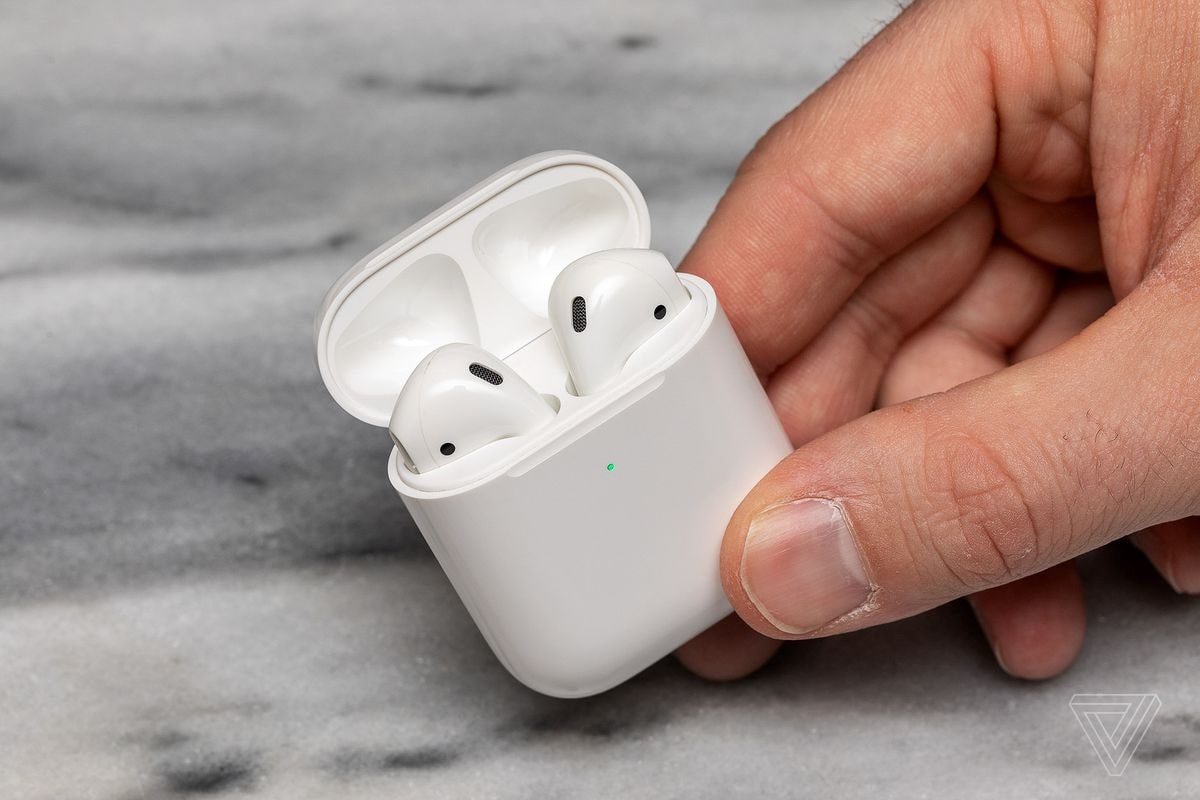
Apple is a well-known example of a business that uses premium pricing to establish its dominance in the industry. Apple’s products hold a coveted place in the industry. Apple’s products today don’t have any distinctive features or styles, but they still command high prices. Apple’s audience is much lower than it was when the iPhone was first released, but they are willing to pay more for the prestige of the brand.
The release of AirPods in 2016 has changed the way of how Bluetooth-connected/wireless headsets users are viewed as “high-class” until recent days. These Airpods look a lot like the ones with the relatively-similar design sold on Amazon, but that doesn’t mean they can’t charge more. After all, Apple has stuck to the first approach, ensuring their products sound luxurious and priced according to their customer’s tastes.
Freemium pricing
Freemium pricing combines the terms “free” with “premium,” as businesses sell a basic version of their product in the expectation that consumers can ultimately pay for upgrading or access to more functionality. Freemium is widely used in SaaS and other tech firms. They opt for this strategy because free trials and restricted membership give an initial view of the software’s features and functions, and create trust with a potential user before purchasing.
The prices of a business must be based on the perceived value of its goods with freemium. For example, businesses offering a free software version cannot request users to pay for the paid version’s switchover. Prices must be low and increase gradually, as additional features and benefits are provided to the customers.
Example: AVADA Email Marketing
AVADA E-mail Marketing provides small businesses with email marketing and SMS marketing software. Our free plan includes up to 1000 contacts and 15,000 emails a month and, with the paid plans, you can access 24/7 e-mail and chat support, advanced automation, analytics, reports, and more. Our free plan offers a smaller range of marketing channels, lead capture with basic features and automation flows only, but it’s definitely worth a try!
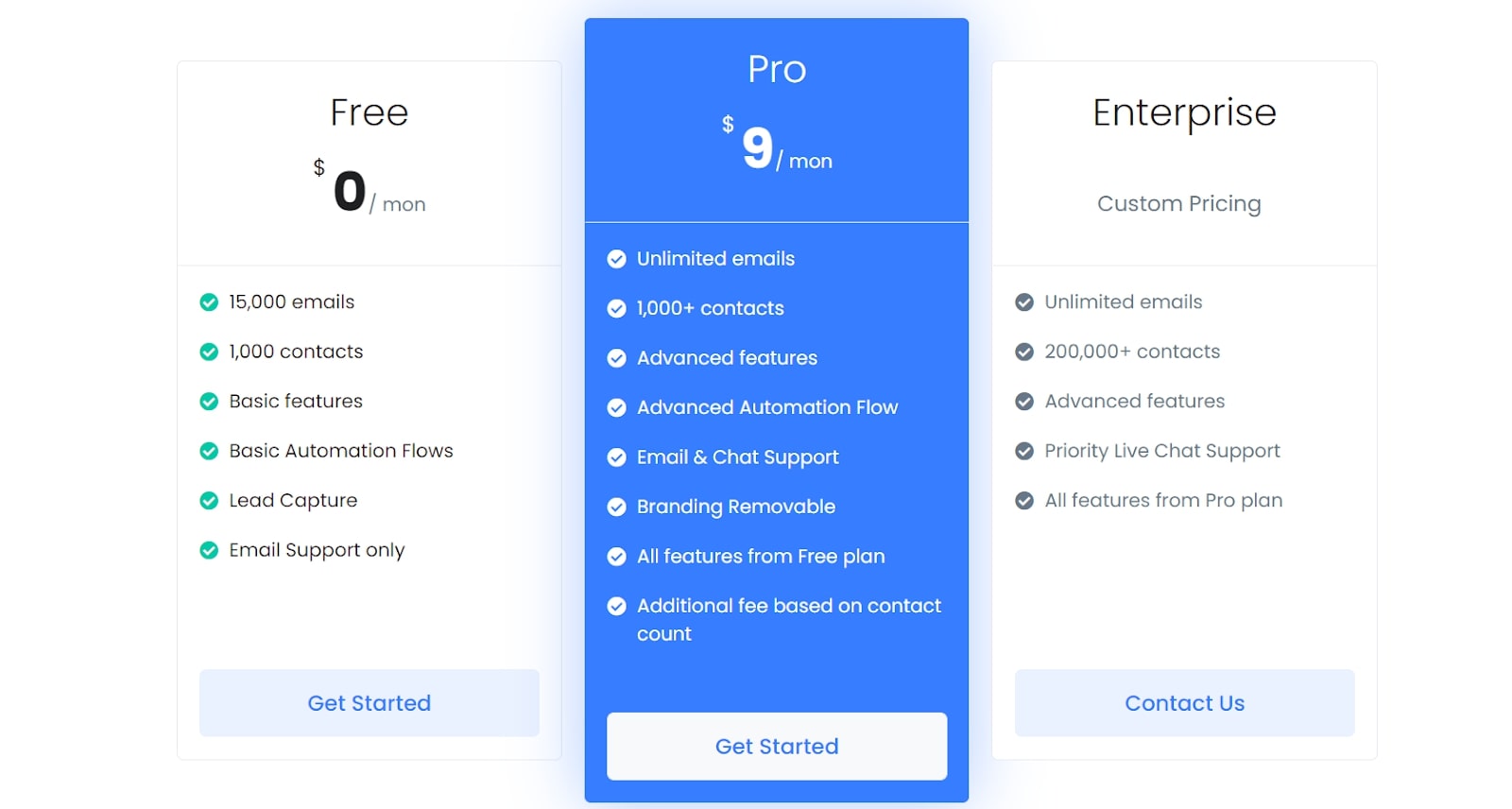
Psychological pricing
Psychological pricing means that costs are lower than the whole number of market practices The psychological concept is based on the assumption that consumers would read and perceive the price somewhat below the actual price. An example of psychological pricing is an item that is priced at $9.99 but perceived by the customers as 9 dollars, not 10 dollars.
The thing is the displayed numbers have a much greater impact on your behavior more than you think. Rather than shifting consumers’ perceptions of a product, psychological prices are aimed solely at changing perceptions of the price itself. For brands targeting price-conscious consumers, a psychological price strategy is used best since it offers a perceived agreement that customers may not wish for with a preference for luxury.
There are some common psychological pricing strategies that are applicable for almost any cases:
- Charm pricing: Using the “9-digit” effect to make consumers think they’re getting a price lower than the market benchmark, or that they’re spending less.
- Artificial time constraints: These constraints are placed on their sales by stores because they serve as catalysts for consumer spending. Examples of these are those appealing “1-day sales only”, “buy one get one free”, etc.
- Price Display: Use larger dollar font sizes and smaller cent font sizes (for example,$29.15). Paired with charming prices, you can further highlight the impression of a customer that they’re paying much less.
Example: After Christmas Sales

It’s obvious that the best time for sales and promotions is after a holiday, particularly Christmas. Take a brief look at this ad poster on a website.
This business uses a number of tactics, in particular innumeracy. This one announcement includes too many numbers and equations. If all of these figures are thrown out, this company assumes that people are not going to do mathematics and how good those ratios are actually. For most consumers, the extra percentage would not come down from the already decreased price as a major discount.
Competitive pricing
The aim of competitive pricing is to push your target market away from your rivals and toward your brand. Instead of raising prices later, you’ll continue to watch what your rivals are charging and discount them. The competitors’ rates are used as a benchmark in this strategy. This strategy may be suitable for companies that compete in a highly competitive field, where a small price gap may be the determining factor for consumers.
With competition-based pricing, you can price your goods slightly lower, the same as your competitors, or slightly higher than your competitors. For example, (?)
Competitive pricing may be useful if reducing production costs is one of the strengths, even if it is a difficult strategy to maintain. It will keep price-conscious consumers loyal to your brand because it consistently helps them stay on budget. Competitive pricing, regardless of the price you pick, is one way to stay ahead of the competition and keep the pricing efficient.
Example: Coca Cola vs Pepsi
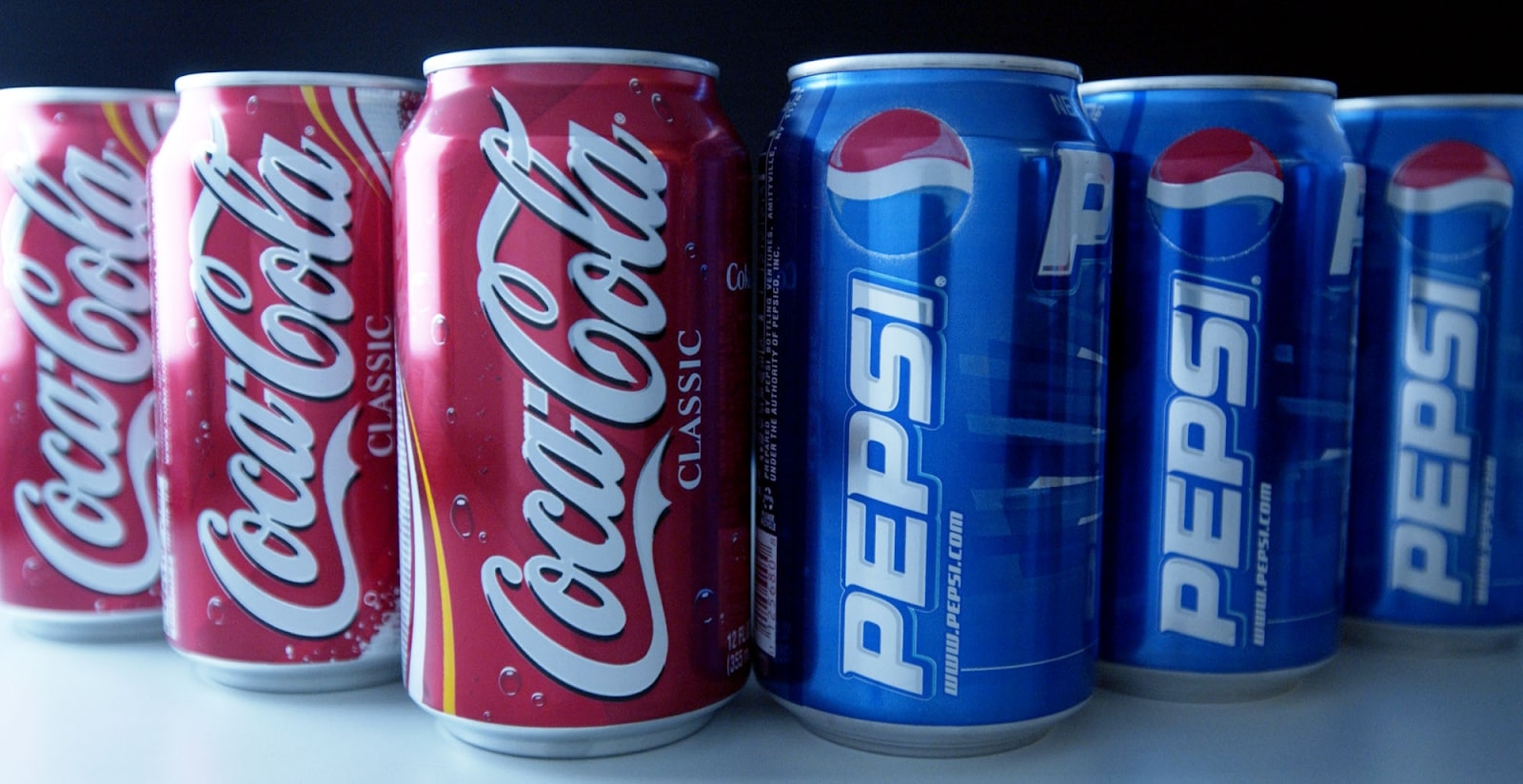
Pepsi and Coca-Cola are prime examples of a competitive pricing strategy. Both brands compete on prices, qualities, and features against each other, and their prices are close, though on average Pepsi is considerably cheaper than Coca-cola.
Value pricing
The most relevant pricing strategies of all are maybe value pricing. This takes into consideration your clients’ belief in your goods or services as helpful, high quality, and important. You should have a thorough knowledge of the desires, pain points, and motivations of your target market as well as of your own brand in order to set value-based prices. You also have to consider how the business status influences the perception of value by people.
If used properly, price-based pricing will improve the understanding and loyalty of your customers. It can also allow you to offer priority to your clients, such as marketing and service, in other areas of your business. On the other hand, value pricing requires constant communication with the different consumer profiles and personas, which differ by persons and may vary in prices.
Example: Starbucks
Few businesses can equal Starbucks when it comes to brand loyalty. Their brand recognition is so large that it is a synonym for healthy coffee-based drinks. This is however another case of a consumer more concerned with the brand than the product itself.
Starbucks has a strategy to foster social connections between clients. Their shops allow customers to sit in without having to buy anything repeatedly. Then there comes an image of taking a cup of Starbucks as you enter a social setting. The image is possibly much more important than the coffee, on which Starbucks counts.
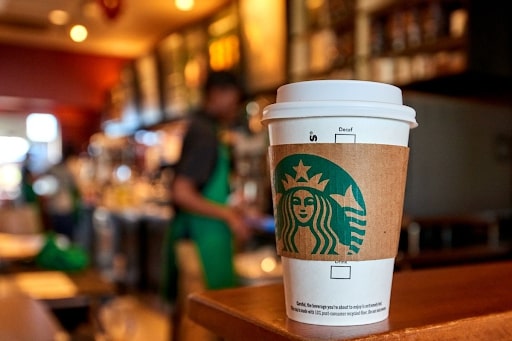
The value of Starbucks’s customers depends on the social attractiveness of the product, which refers to a low price for a strong social appearance and on the willingness to socialize without limitation. In the course of time, Starbucks has priced its coffee higher, making it more “high-income-consumer-friendly”.
Final words
If you use a pricing strategy tailor-made for your business, you can reassured that you set your customers’ rates. Using a logical approach, you will increase your earnings and your selling amount at once by setting the price of a good or service.
Be aware that the rates that consumers are able to pay for your product will shift over time. Learn how to develop a plan for consumer service that enhances perceived value to raise the rates and make even more profits.
New Posts






